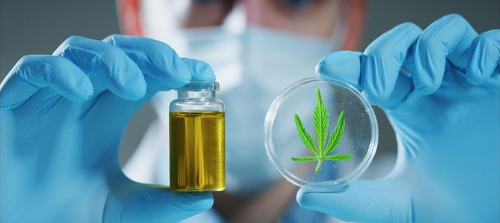Third-party tests for hemp and CBD company’s
CannabinoidChoice.com wants to educate its visitors and advertisers on 3rd party testing and its importance to the hemp community and its consumers.
The supply chain that facilitates the final CBD/HEMP product for the end-user has to have quality controls in place to ensure high-quality standards. Cannabinoidchoice.com is fully engaged in pushing the industry in this direction. So many people and animals are now consuming cannabinoids from local CBD dealers that awareness and testing have to be at the top of everyone’s list.
Like other industry’s they are setting the stage for self-regulatory compliance that will make a uniform standard protocol for all hemp products. So, testing products with third party companies will be the standard.

I want consumers and everyone in the supply chain to find what they need in reference to testing and quality controls. Here are some of the organizations that are making progress in the compliance of hemp products:
The American Herbal Products Association was first out of the gate, forming a cannabis committee eight long years ago. Instead, AHPA helped early adopters navigate this new legal industry with white papers and other guidance for everything from labeling and laboratory operations to Prop. 65 and cannabis products.
U.S. Hemp Authority: certifies best practices for growers and processors of hemp. Finished product brands can garner the U.S. Hemp Authority seal. This certifies the product was evaluated from farm to table so to speak. Its viewed as one of the highest forms of self-regulation.
AOAC and the American Herbal Pharmacopoeia: These organizations publish developing testing methods for all cannabis products.
Cannabinoidchoice.com has identified 5 key testing areas of CBD & Hemp
- Potency testing. The cannabinoid profile is for purity and potency test. It measures active cannabinoids. The two main cannabinoids, of course, are THC—with industrial hemp, these levels need to be below 0.3 percent—and CBD. But as we move forward all cannabinoids need to be tested here are a few more getting attention these days—CBG, CBG, THCA. There are 100 cannabinoids identified at the moment.
- Terpenes. Created by the plant’s trichomes, terpenes provide a unique aroma to the plant.
- Residual solvents: Consumers do not want to ingest solvents. When testing for solvents your basically testing to see what kind of quality is being produced by the extractor. If the process is done correctly you will find contaminated products.
- Residual pesticides. Currently, there are no FDA regulations on pesticides. The regulations are only on the state level. Find labs that have state by state protocols so you can test for state-specific protocols if selling in all 50 states.
- Heavy metals analysis. Hemp is a bioremediatory—soil ingredients end up in the cannabis plant. Four major contaminants we find are arsenic, cadmium, lead, and mercury.
Please visit of lab testing partners page:
